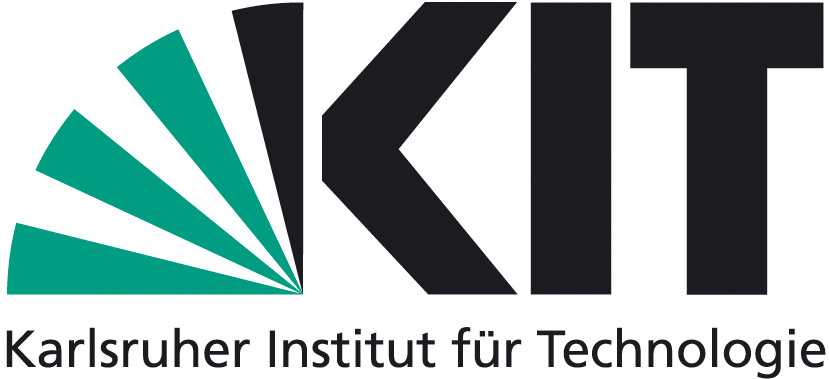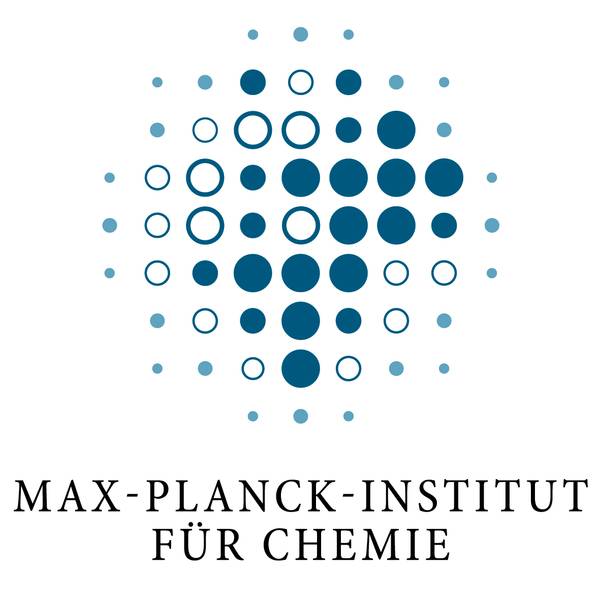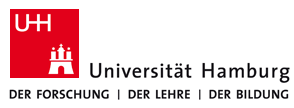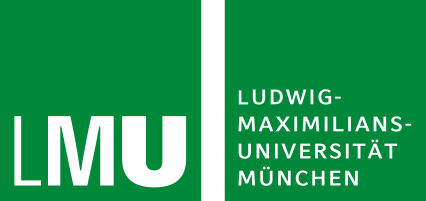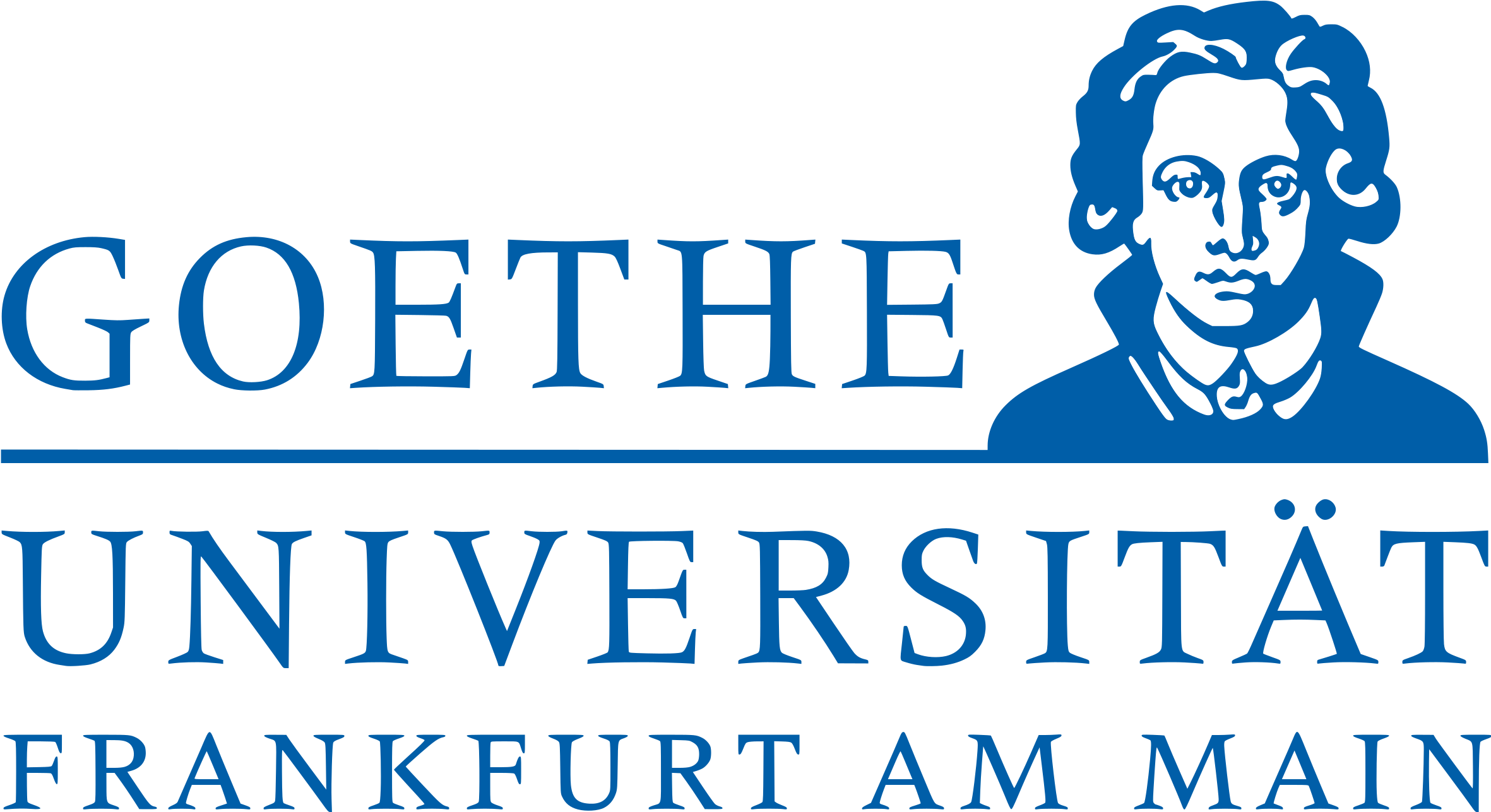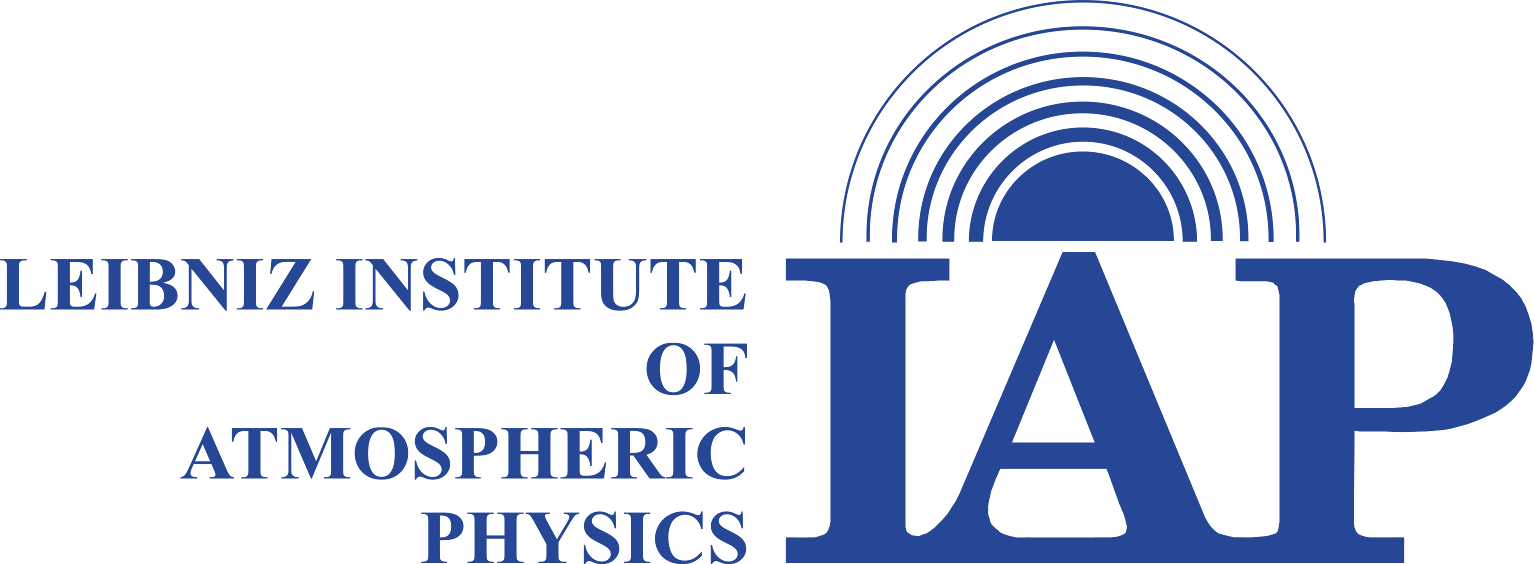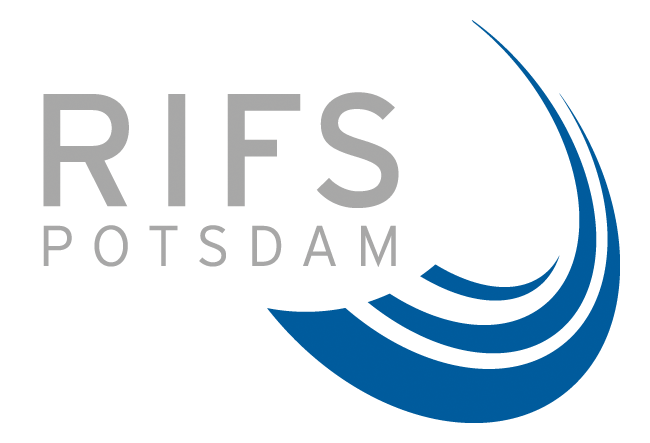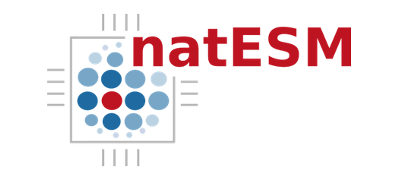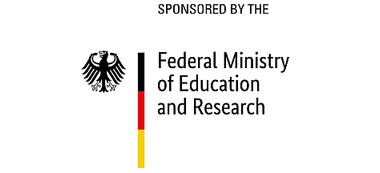MESSy is …
a software framework that combines components, which are numerical representations of our Earth system. Examples of components are atmosphere, land and ocean models, and more.
The unique feature of MESSy is a modular structure that facilitates continuous development and flexible model configurations. The concept has been established by a consortium of institutions with leading expertise in Earth System Modelling and the framework is continually further developed.
MESSy is supported by the German Climate Computing Center (DKRZ), Leibnitz Rechenzentrum (LRZ), the Max Planck Computing and Data Facility (MPCDF), the Jülich Supercomputing Centre (JSC), and the terrabyte cooperation between DLR and LRZ.
News
-
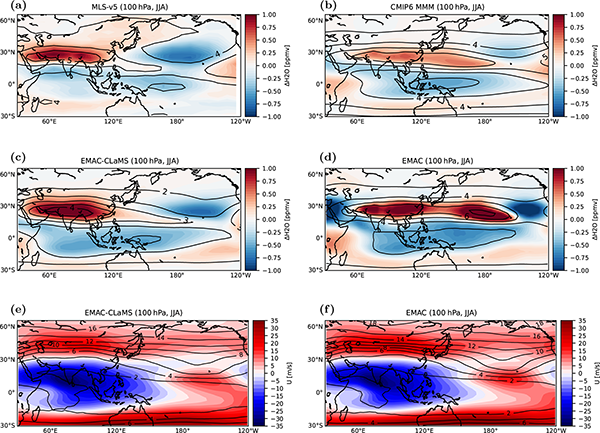
New Highlight paper by Ploeger et al. in Atmospheric Chemistry and Physics
The authors present a novel mechanism of how regional anomalies in water vapour concentrations in the upper troposphere and lower stratosphere impact regional atmospheric circulation systems. These impacts include a displaced upper-level Asian monsoon circulation and strengthened prevailing westerlies in the Pacific region. Current climate models have biases in simulating these regional water vapour anomalies…
-
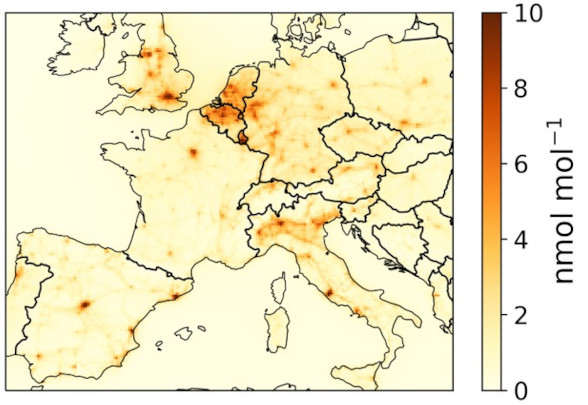
IMPAC²T – a new Young Investigator’s Group at DLR and Helmholtz Munich
The new Young Investigator’s Group IMPAC²T at DLR and Helmholtz Munich will apply the MECO(n) model system to investigate the impact of air pollution on human health and vegetation, considering climate change and the energy transition in transport. This will help to enable mobility under future climate conditions with the least possible impact on human…
-
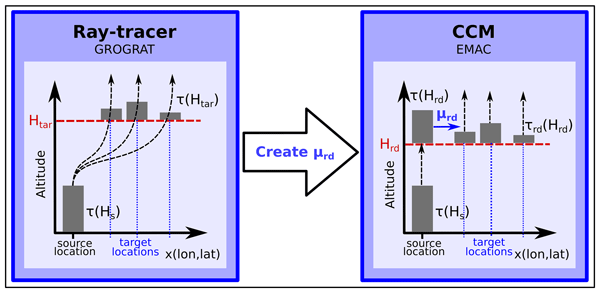
Highlight paper in Geoscientific Model Development
The publication “Emulating lateral gravity wave propagation in a global chemistry–climate model (EMAC v2.55.2) through horizontal flux redistribution” by Roland Eichinger et al. was selected as Higlight paper in the open access journal “Geoscientific Model Development”. The study presents a computationally efficient method to emulate the effects of lateral propagation of orographic gravity waves (GW)…
-
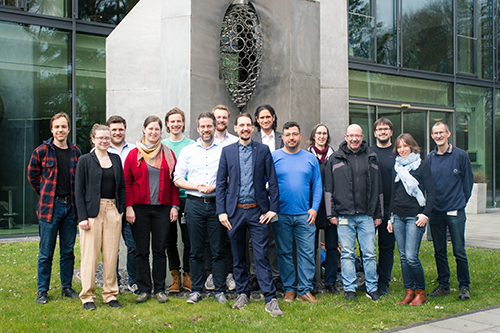
Kick-off for project ADAPTEX
Kick-off meeting of ADAPTEX took place end of March at DLR in Cologne. Six partners from academia and industry, including the German Aerospace Center (DLR), the Universities of Cologne and Aachen, Jülich Supercomputing Center and Hydrotec GmbH are collaborating on this project to improve the accuracy and performance of computational fluid dynamics simulations on supercomputers.…
-
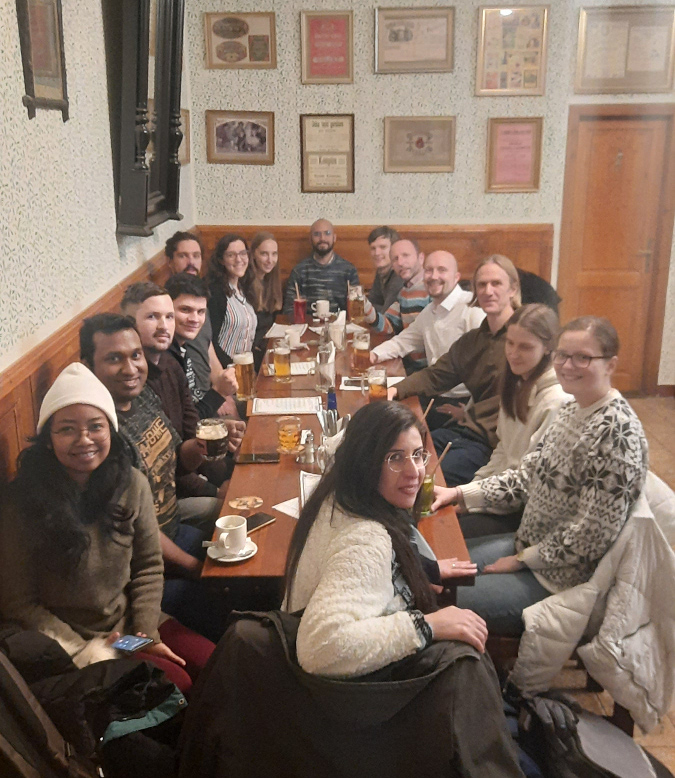
Introductory workshop at Charles University Prague
To welcome and support Charles University Prague as one of the newest members of the MESSy consortium, a introductory workshop took place at 8-9 February 2023 at the Department of Atmospheric Physics, Charles University in Prague. The 15 participants from the Czech University consisted of a diverse mix of researchers, from Msc students via early…
Developed by the consortium of




